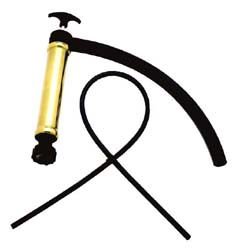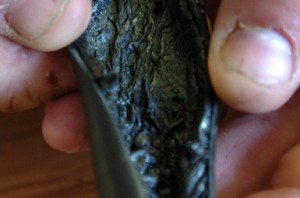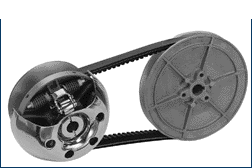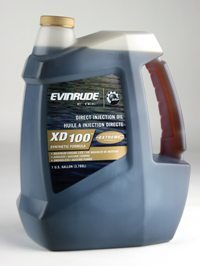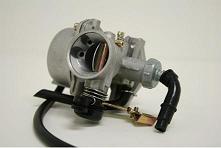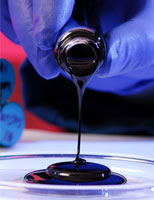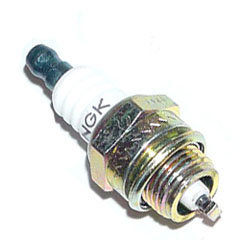How to Change Boat Motor Oil: Part Five
 Now that the old oil has been exorcized from the engine and a new oil filter is in place, the only thing left to do is pour in the fresh oil. Each manufacturer will have their own specifications and recommendations for what type of oil to use in your craft, and it is a good idea to consult your owner’s manual before making a purchase. However, it is usually a safe bet to go with a premium product like Evinrude XD 100 oil.
Now that the old oil has been exorcized from the engine and a new oil filter is in place, the only thing left to do is pour in the fresh oil. Each manufacturer will have their own specifications and recommendations for what type of oil to use in your craft, and it is a good idea to consult your owner’s manual before making a purchase. However, it is usually a safe bet to go with a premium product like Evinrude XD 100 oil.
Even if the filler opening is easily accessible, I recommend using a funnel and, if necessary, a hose to minimize spills and keep the process clean. It may seem like a lengthy process, but the time you put into changing your oil will be well worth it. Maintaining clean oil in your system will not only protect your boat and increase its longevity, but you will also notice a palpable improvement in its performance on the water.


